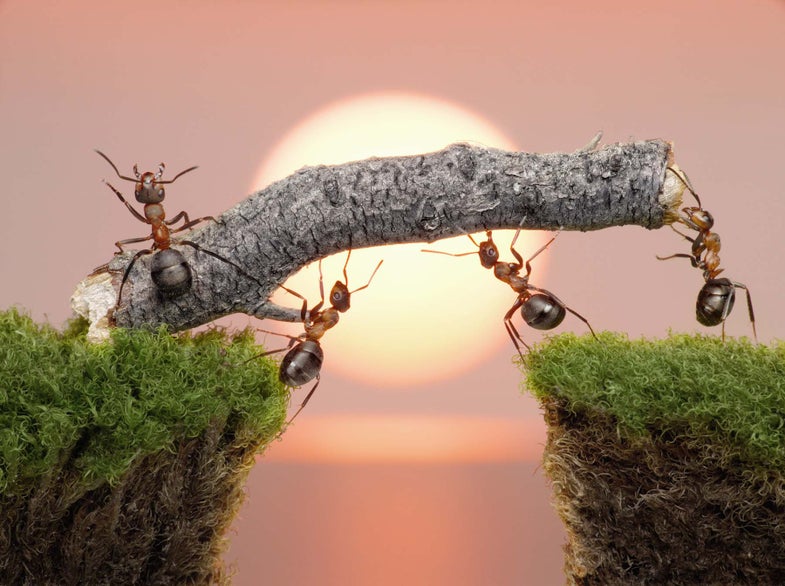Autumn isn’t cold enough to kill bugs anymore—find out what pests will persist in your region
Pumpkin spice and mosquito bites.

The cooler temperatures of autumn may not be a cause for celebration if you prefer lounging on the beach to cuddling by the fire, but at least they provide a reprieve from summer’s most pernicious irritant—bugs.
Of course, bugs like bees, butterflies, and ladybugs—the ones that provide valuable ecosystem services like pollinating our fruits and vegetables—aren’t annoying. Those are bugs that only a true entomophobe could hate, and unfortunately they are on the decline. But most of us can agree that we wish pest insects like mosquitoes, ticks, and chiggers would just buzz off. Fall usually gives us a break from their blight, but this year is looking to be a little different.
Thanks to climate change, the country is experiencing wave after wave of abnormally hot, distinctly un-fall like temperatures. And according to the latest Bug Barometer by the National Pest Management Association, that means the buggers aren’t budging this year. We’re stuck with them.

“When we put this list together, the biggest considerations are temperature and rainfall,” says Jim Fredericks, chief entomologist for the National Pest Management Association. “We look at the temperatures of the preceding season and the amount of rainfall in different regions every season, and we try to couple that with our best prediction based on weather reports about what the next season will hold.”
A warm summer followed by predictions of a warm fall (which has so far held true) means more bugs, because fewer bugs died and more hung around to have babies. By increasing the temperature, we’ve essentially extended their breeding season and allowed more critters to proliferate, especially mosquitoes.
“Most people don’t think about mosquitoes in the fall, they think about them in the summertime,” says Fredericks. “But in fact, as long as the temperatures stay steadily above 60 degrees Fahrenheit you will continue to see mosquito activity, and mosquitoes will continue to develop.” And even if there are dips below this threshold for a few days at a time, bugs that manage to stick it out indoors can reemerge once the temperature rockets back up into balmy weather. These pesky pests won’t be gone for the year until an area experiences several days of sub-freezing temperatures.
Warmth isn’t the only factor: this year’s extreme weather—most notably the rain left behind by Hurricane Harvey—created an abundance of the warm, wet breeding grounds that mosquitoes need to make babies.
The Pacific Northwest, on the other hand, had an unusually dry summer, which lead to some especially vicious fires. Bugs aren’t going to be an issue in that region this fall, but rodents will reign supreme. Dry conditions had the creatures scrambling indoors in search of water, and they’ll hunker down in the nooks they’ve found as temperatures cool.
What does this all mean? First, we should take steps to critter-proof our homes so that pests stay outdoors. This includes inspecting the foundation of your house and making sure that any gaps larger than a quarter of an inch are sealed. Check where utility lines enter your home for holes as well, and inspect and trim back trees overhanging your home (lest they become a rodent highway leading into your house). Be thorough in searching for gaps inside and out; a mouse can crawl into a hole the size of a dime.
This strange climate also means that you should keep the mosquito repellent handy. We might be used to spending this time of year bundled up in sweaters, enjoying the crisp autumn air with nary a blood sucker in sight, but times have changed.
“Since the weather has stayed warmer, you still could encounter those pests,” Fredericks says. Until your town sees a stretch of frosty mornings, you should assume you’re vulnerable to becoming some insect’s blood meal. “We’re encouraging people to continue using mosquito and tick repellant when they’re outdoors,” he says.
So the quintessential smells of fall—warm cider, drying leaves, and various spices of the pumpkin variety—may need to make way for bug spray.